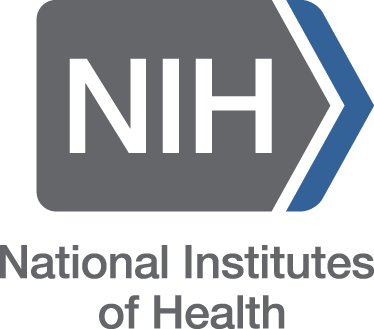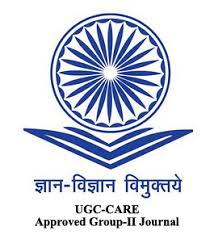DESIGN, OPTIMIZATION, FORMULATION AND CHARACTERIZATION OF ATORVASTATIN NANOCRYSTALS
DOI:
https://doi.org/10.63001/tbs.2025.v20.i02.S2.pp11-24Keywords:
Solubility, Bioavailability, Nanocrystals, Atorvastatin, BCS Class 2, Lipid lowering agentAbstract
The most tedious challenge currently faced by formulation scientists is that of formulation of poorly water-soluble drug moieties. According to literature reports, more than 40% of the drugs being introduced into the formulation research pipeline have poor water solubility. Developments of the drug into nanosized formulations have helped overcome the bioavailability problems of many a poorly water soluble drugs belonging to BCS Class II and IV. One category of such nanosized formulations comprise of nanoscaled drug particles stabilized by a suitable stabilizer or surfactant, referred to as “Nanocrystals.”
Attempts were made to improve the solubility of atorvastatin so as to improve itsoral bioavailability.A very important issue in nanocrystal formulation is the choice of the stabilizers, which are required to prevent nanoparticle aggregation. Pharmaceutical excipients that can be used as stabilizers include the cellulosics, such as hydroxypropyl cellulose (HPC) and hydroxypropylmethyl cellulose (HPMC), povidone (PVP K30), and pluronics (F68 and F127); as well as surfactant stabilizers which can be non-ionic, such as polysorbate (Tween 80), or anionic, such as sodium lauryl sulfate (SLS) and docusate sodium (DOSS).






























